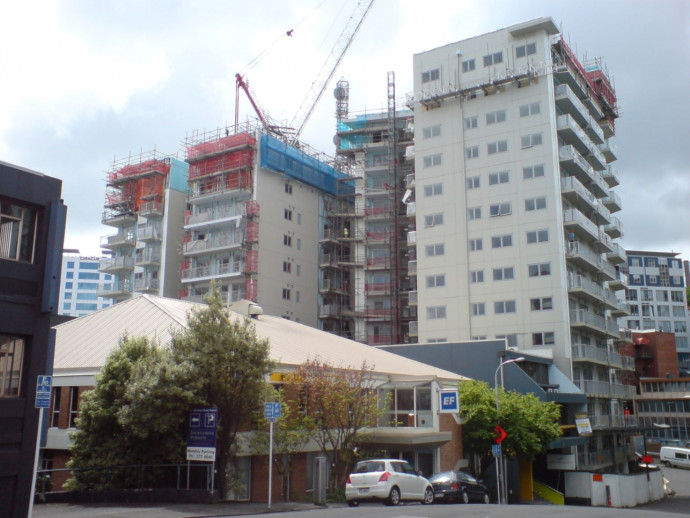Research
Published 25 February 2025Will Upzoning Deliver Housing Affordability for Everyone? Evidence from Auckland
Like much of Aotearoa New Zealand, Auckland has experienced rapid population growth over the past few decades. But housing supply has not kept up with demand
Between 2001 and 2018, the population of adults in Auckland grew by 42 percent, yet the number of dwellings increased only by 29 percent over the same period – leaving a substantial shortfall. The latest 2023 census shows that this trend has now been reversed, and for the first time in a generation, housing supply outstripped demand. What happened?
In 2016, Auckland upzoned about three-quarters of its residential land, allowing medium- and high- density housing to be built in areas that had previously been restricted to low density housing. These sweeping changes were a significant policy experiment. No city had upzoned such a large proportion of land, presenting policymakers around the world with a case study on the impacts of widespread zoning reform.
Marsden-funded research by Associate Professor Ryan Greenaway-McGrevy, Professor Peter Phillips, and their team is evaluating the impact of these changes on housing construction and housing costs, the spatial distribution of housing construction, and the socioeconomic profile of Auckland’s neighborhoods.
The findings are striking: following the upzoning reforms, housing construction in Auckland surged to a record high of 12 consented dwellings per thousand residents in 2022. Although the subsequent economic downturn has reduced construction rates, consenting levels remain higher than they were before the reform. By applying state-of-the-art econometric methods of causal analysis, the research team has shown that much of the building boom was driven by the zoning changes.
The cost of housing was also affected. Rental price growth in Auckland has decelerated relative to other locations in Aotearoa New Zealand. Between 2016 and 2023, rents rose by approximately 20%, which is significantly lower than the average increase seen in other large cities such as Wellington, Tauranga and Hamilton. Other regional centres have seen substantially higher growth.
The team’s research provides valuable insights into how zoning reform can complement other policies to address chronic housing shortages. State-owned developers like Kāinga Ora have been strong advocates for upzoning, recognising its potential to enable more efficient use of land and promote higher-density development. Approximately 10% of dwelling consents in Auckland are now issued to a state-run developer.
Auckland’s upzoning in housing provides a blueprint for extensive reforms elsewhere, including Canada and Australia, as well as domestic upgrades in other Aotearoa New Zealand urban areas. Wellington, Lower Hutt, and Upper Hutt have now voted-in widespread medium- and high- density upzoning.
Upzoning is not a silver bullet. Housing costs would likely be higher had Auckland not upzoned in 2016. But Auckland housing is by no means affordable, and more building is still needed. The latest census data show that the ratio of adults to dwellings in Auckland remains higher than what it was at the start of the new millennium. Still, Auckland’s upzoning has shown the world that relieving constraints on housing supply is an important first step in redressing chronic housing shortages and increasingly unaffordable housing.
RESEARCHER
Associate Professor Ryan Greenaway-McGrevy
ORGANISATION
Waipapa Taumata Rau The University of Auckland
FUNDING SUPPORT
Marsden Fund
CONTRACT OR PROJECT ID
UOA2013

